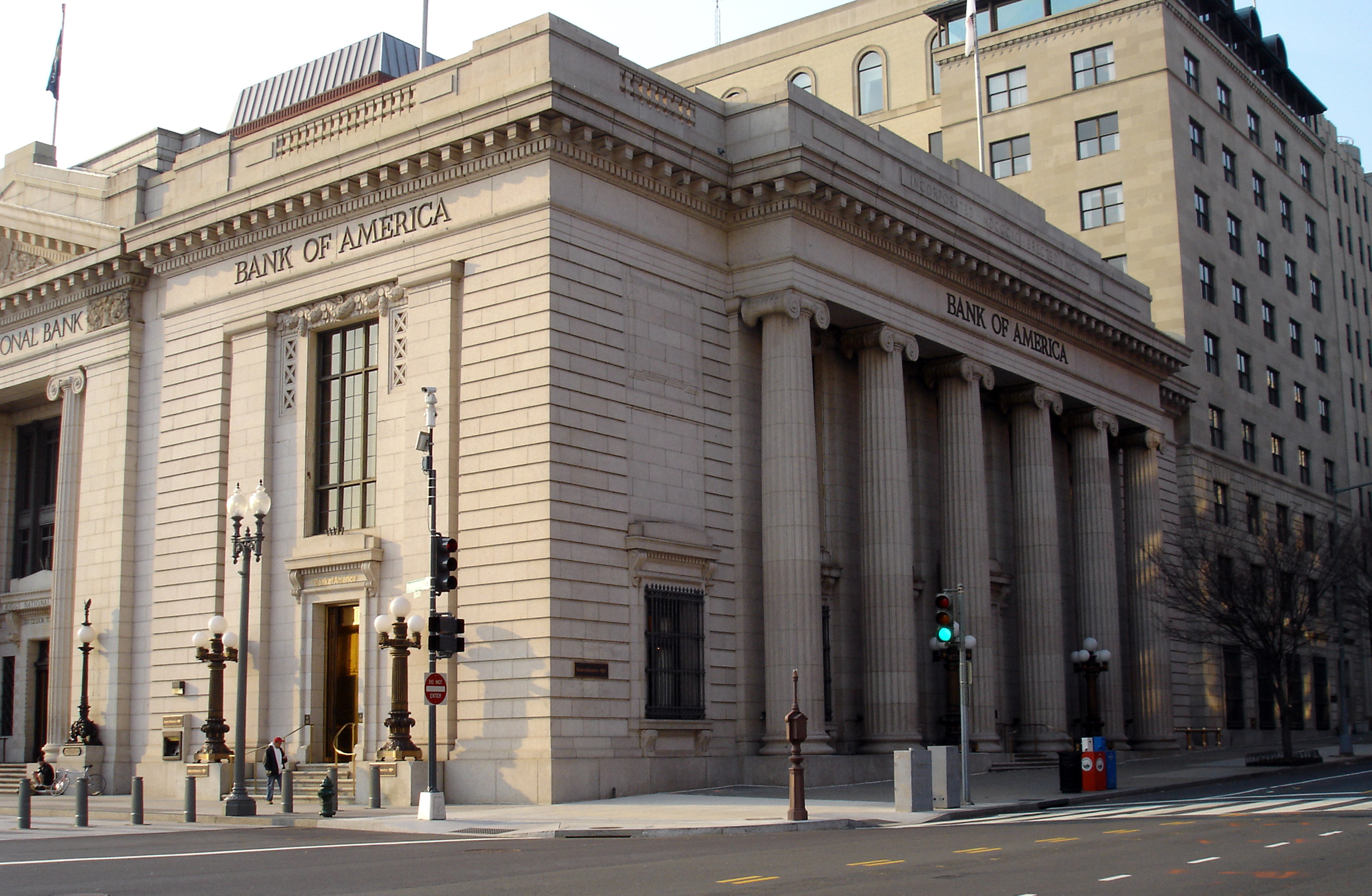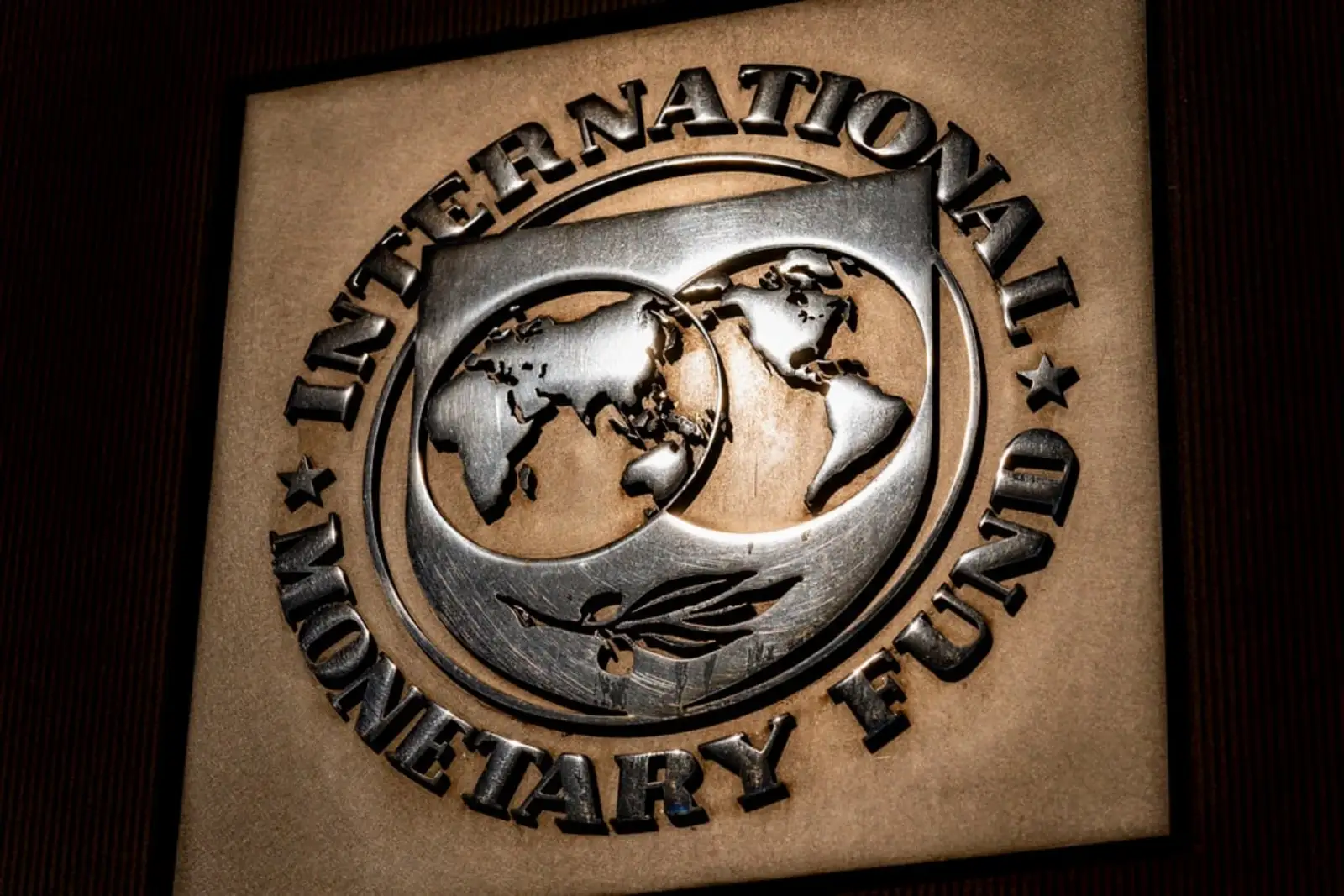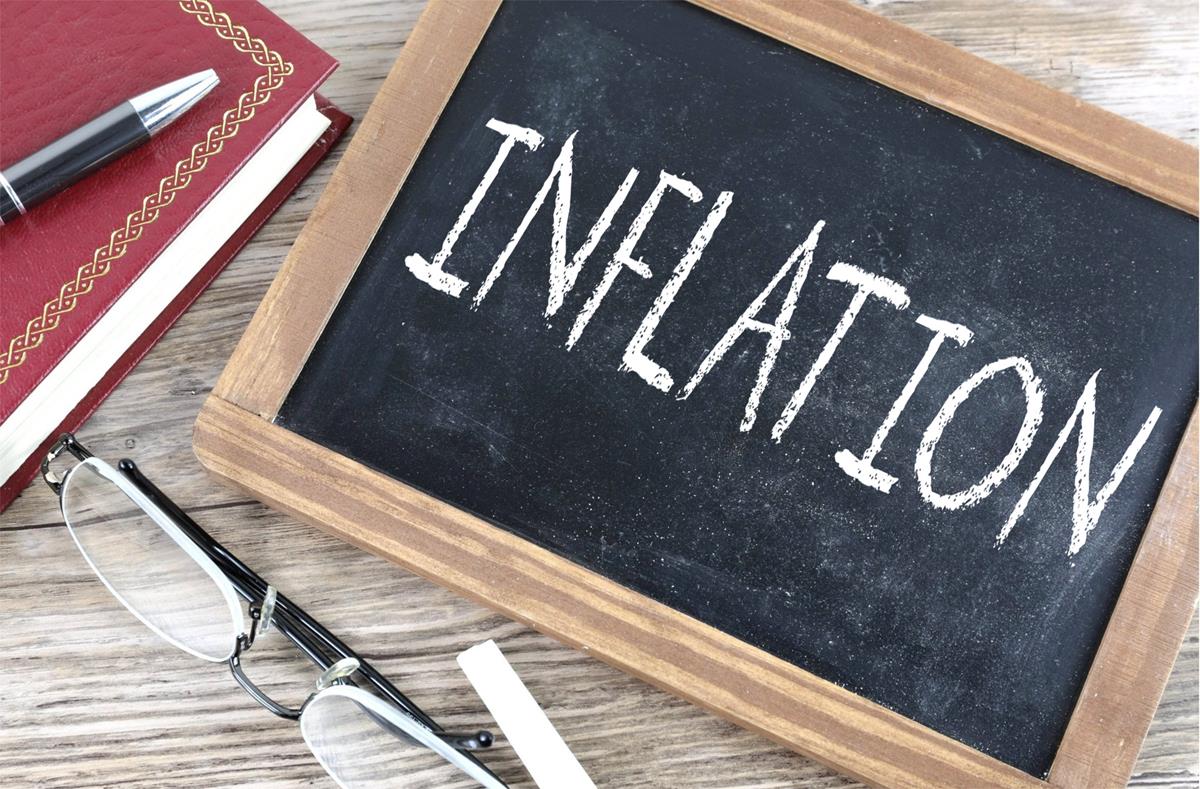In a financial world often clouded with unpredictability, the first quarter of 2025 brought an unexpected but welcome surprise for Bank of America (BofA). Despite looming clouds of geopolitical tension and economic shifts, BofA managed to ride the waves of market volatility and emerge stronger — not just in numbers but in resilience and strategy.
The numbers, as they say, don’t lie. Bank of America reported a remarkable jump in profit, earning $7.4 billion, or 90 cents per share, in the quarter ending March 31. That’s a noticeable rise from the $6.7 billion (or 76 cents per share) recorded in the same period last year. In a financial climate that has had many companies treading cautiously, this growth is not just impressive — it’s significant.
Market Volatility: A Double-Edged Sword
This rise wasn’t entirely unexpected, given the global market volatility. But what’s surprising is how BofA turned that volatility into opportunity. The source of this unpredictability? A combination of factors — most notably, President Donald Trump’s newly announced tariffs, which shook investor confidence and sent shockwaves through global trade discussions.
These tariffs created a domino effect, impacting not only international trade but also the confidence levels of investors and dealmakers. Where uncertainty usually stifles growth, BofA’s trading desks saw it differently. They seized the moment.

As a result, trading revenue jumped 9%, buoyed particularly by a whopping 17% rise in equities trading. It wasn’t just about reacting to the market; it was about reading it well and moving swiftly. BofA wasn’t alone in this. Other financial giants like JPMorgan Chase and Goldman Sachs also posted strong performances in their trading businesses, proving that in chaos, there is indeed opportunity — for those prepared.
Interest Rates and Borrower Sentiment: A Delicate Balance
Last year’s rate cuts by the Federal Reserve also played a key role. These cuts may have been aimed at easing economic pressure, but for banks, they often bring a bittersweet result. On one hand, lower rates can tighten margins. But on the other, they can encourage borrowing and investment — and that’s exactly what BofA capitalized on.
The bank’s net interest income (NII) — the fundamental difference between what it earns from loans versus what it pays out in deposits — rose by 3% to $14.4 billion. This increase is more than just a numerical gain; it reflects a healthy lending environment and a positive borrower outlook.
BofA had already been optimistic about its future earnings, having previously forecast record net interest income for 2025. But no one could have fully predicted the economic curveball Trump’s tariff announcement would throw. And yet, here we are — with BofA still pushing forward.
This idea of “Responsible Growth” isn’t just corporate jargon. It speaks to BofA’s long-term strategy — a focus on growing sustainably, serving communities, investing in technology, and maintaining a wide-ranging portfolio that can weather economic storms.
And that portfolio is paying off. Whether it’s consumer banking, wealth management, trading, or digital services, BofA isn’t leaning on one pillar — it’s built a fortress on many.
Tariffs and the Global Mood: A New Kind of Uncertainty
But not all parts of the bank’s business had the same luck. The newly imposed tariffs have triggered a wave of caution across global investment circles. Once bullish bankers and aggressive dealmakers are now more hesitant. Many are choosing to adopt a “wait and watch” approach, holding back until there’s more clarity on the future of U.S. trade policy.
This hesitation was evident in the drop in M&A (mergers and acquisitions) activity. According to Dealogic, U.S. M&A fell by 13% in the first quarter alone. For a bank like BofA, which relies on investment banking fees as a key part of its income, this slowdown translated into a 3% dip — fees dropped to $1.5 billion in Q1.
While this is a relatively small decline in the grand scheme of things, it’s a signal worth watching. Investment banking is often seen as a barometer of economic confidence. When deal volume slows, it often means that companies are unsure about the future. And right now, there are more questions than answers.

The Bigger Picture: Beyond the Numbers
But here’s the thing about numbers — they tell a part of the story, not the whole. What makes BofA’s Q1 performance notable isn’t just the increase in profits, but the bank’s ability to stay agile in uncertain times. Whether it’s handling market volatility, navigating policy changes, or serving customers in a changing economy, the bank is showing an important quality: adaptability.
Adaptability is the secret sauce that’s allowed companies to survive — and thrive — during times of disruption. And in the world of finance, where rules can change overnight and confidence can vanish with a single headline, it’s more valuable than ever.
Digital First, Always: The Role of Technology
Let’s not forget how important digital banking has become. During the pandemic years, consumers and businesses alike turned to digital platforms like never before. BofA leaned into this transformation, investing heavily in its mobile banking and digital infrastructure.
The payoff has been clear — more customers are using online services, managing their portfolios from their phones, and even applying for loans digitally. In many ways, BofA is not just a bank anymore — it’s a financial tech platform.
And this evolution couldn’t come at a better time. As younger generations enter the financial world, their expectations are different. They want speed, transparency, and accessibility. BofA seems to be listening — and delivering.
Looking Ahead: What’s Next for BofA?
The future is, as always, a mixed bag. There are promising signs — a strong start to the year, increased trading gains, and continued growth in core lending. But there are also headwinds — tariff tensions, political uncertainty, and a cautious global M&A environment.
Still, if Q1 has proven anything, it’s that Bank of America knows how to stay grounded even as the financial winds shift. The question now is not whether the bank can grow — it clearly can. The question is how it will continue to grow responsibly, ethically, and in alignment with the changing needs of its customers and the world.
In times like these, strength doesn’t come from simply being big. It comes from being smart, being flexible, and having the courage to make the right calls at the right time.
For investors, customers, and analysts alike, Bank of America’s first quarter sends a clear message: this isn’t a bank that merely survives storms — it knows how to sail through them.




